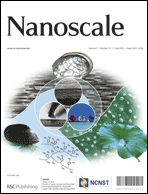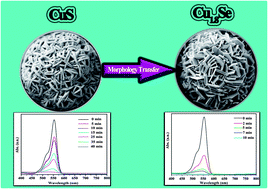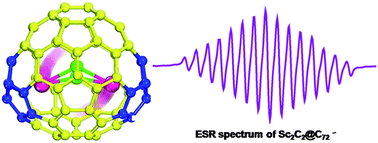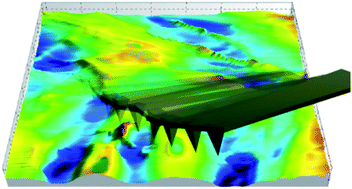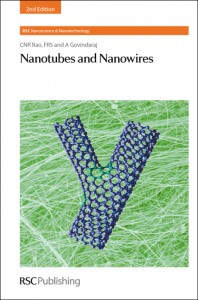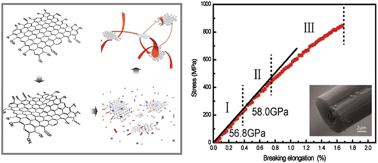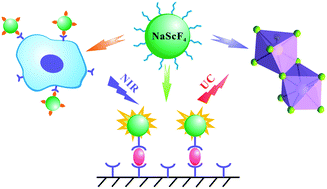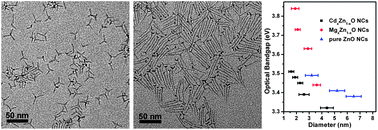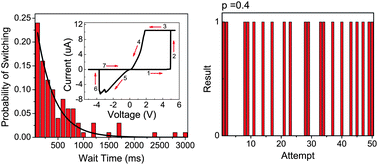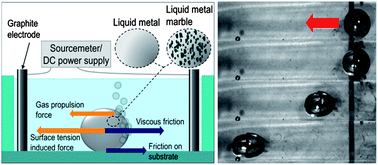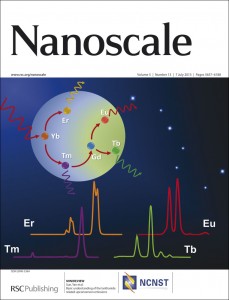 Hao Dong, Ling-Dong Sun and Chun-Hua Yan review the energy upconvertion potential of lanthanide doped minerals, in bulk and in nanocrystals/nanoparticles. The plethora of excited state in lanthanide ions can be exploited in single metal energy upconverters and in multimetellic systems, where the number of populated excited states is increased significantly. The paper is an excellent starting point for the people interested in lanthanide energy upconvertion.
Hao Dong, Ling-Dong Sun and Chun-Hua Yan review the energy upconvertion potential of lanthanide doped minerals, in bulk and in nanocrystals/nanoparticles. The plethora of excited state in lanthanide ions can be exploited in single metal energy upconverters and in multimetellic systems, where the number of populated excited states is increased significantly. The paper is an excellent starting point for the people interested in lanthanide energy upconvertion.
My first encounter with energy upconvertion was for thulium ions in solution, where high fluency irradiation made several processes possible, which never would take place in the world of linear photophysics I usually inhabit. The possible processes multiply in nanocrystalline matrices with multiple lanthanide ions present. Dong et al. have kept their sights straight and produced an concise account of the possible mechanism for energy upconversion and on how to identify them. The road to a low fluency energy upconverting system may prove to be long, but papers like this makes sure that it will be interesting.
by Dr Thomas Just Sørensen
Read this Minireview article in Nanoscale today:
Basic understanding of the lanthanide related upconversion emissions
Hao Dong, Ling-Dong Sun and Chun-Hua Yan
Nanoscale, 2013, 5, 5703-5714
DOI: 10.1039/C3NR34069D











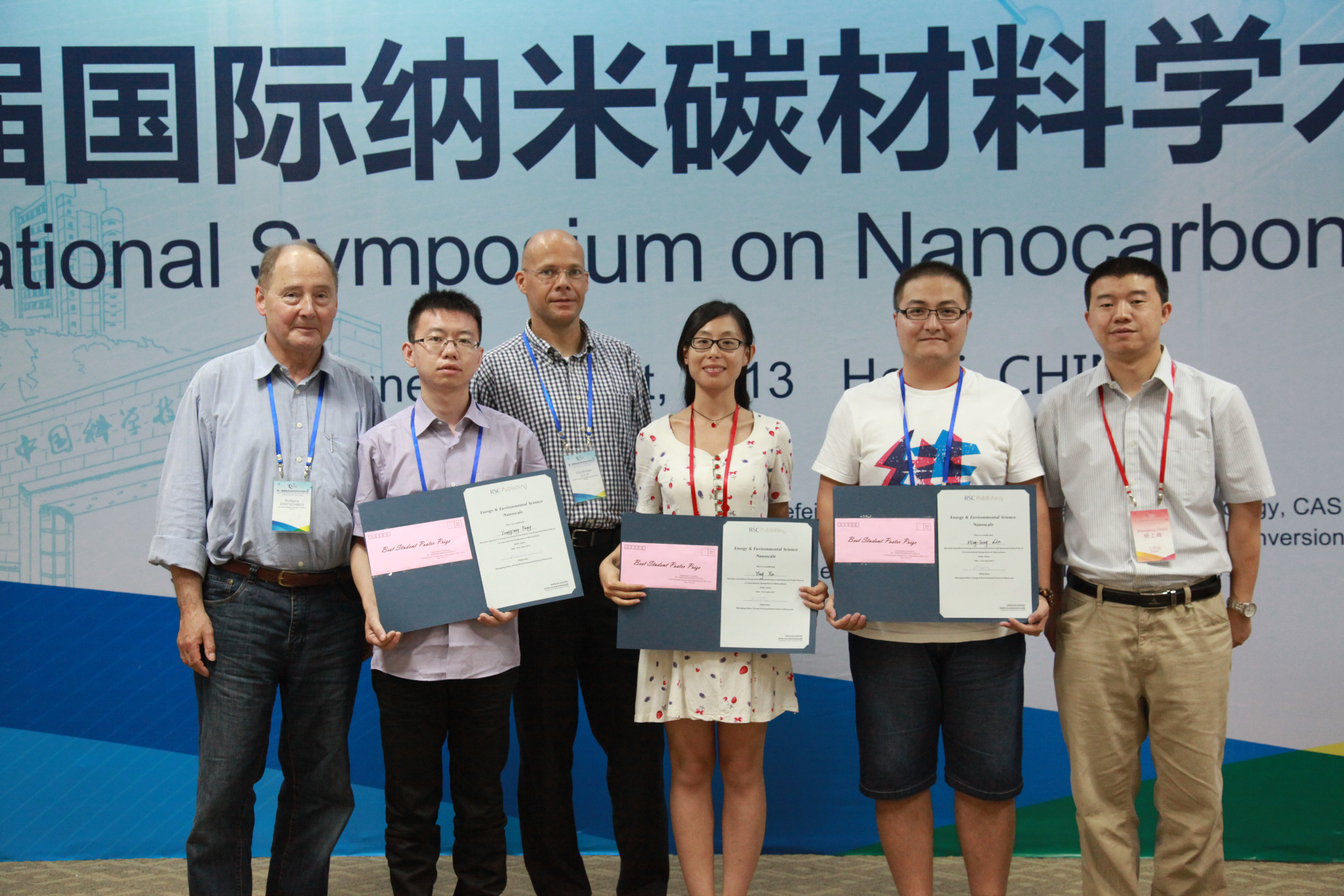
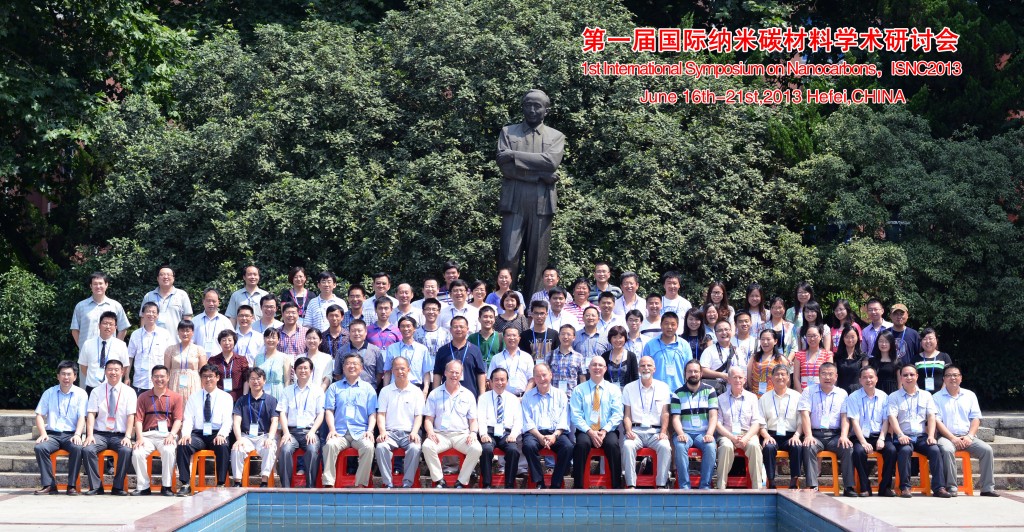
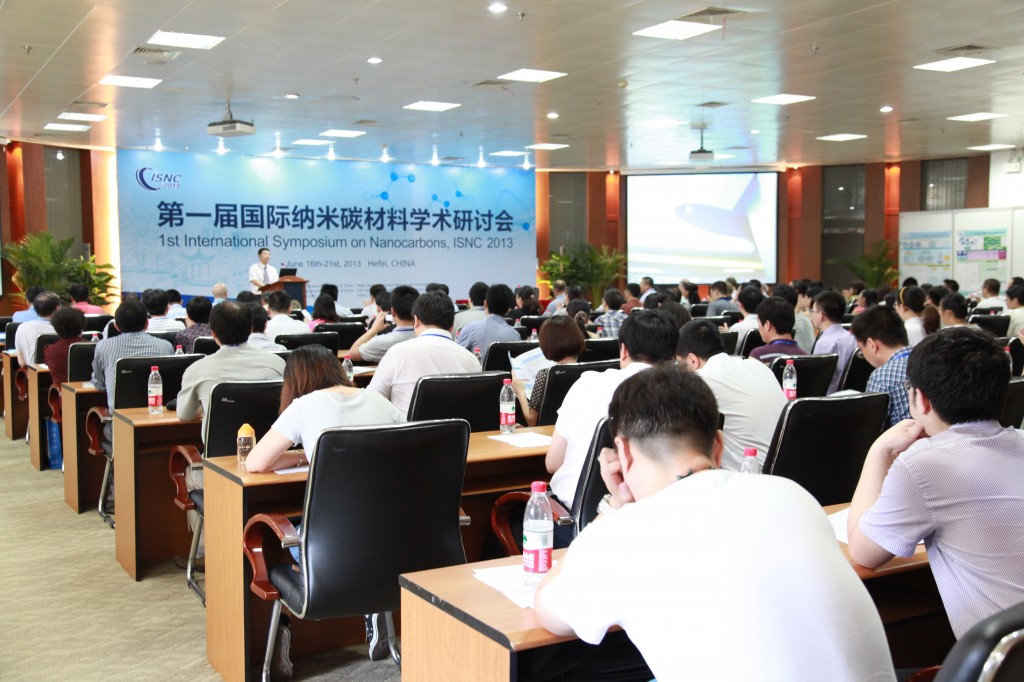
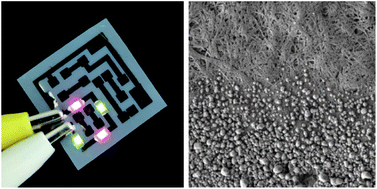

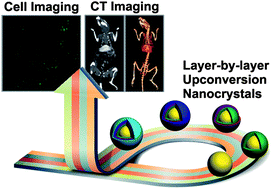
 Seawater can be used as fuel to propel micromotors say scientists in the US.
Seawater can be used as fuel to propel micromotors say scientists in the US. 